Agra - Capital of the Mughal Empire
Thursday, December 19, 2013
 Agra, Uttar Pradesh, India
Agra, Uttar Pradesh, India
The Taj Mahal is sometimes described as the most beautiful building in the world, which creates a risk upon seeing it that it might not live up to expectation . But the Taj didn’t disappoint; it’s absolutely stunning! The Taj Mahal itself is monumentally grand and perfectly proportioned, its marble carvings and artwork restrained rather than colorfully gaudy in contrast to so many monuments created by the powerful and pompous. The Taj doesn’t stand alone, though, and its surroundings contribute to the grandly solemn and almost religious atmosphere despite its secular nature – the raised marble platform on which it stands, the Yamuna River well below in back, formal gardens and reflecting pools in front, and two identical mosques flanking it on both sides across large open squares.
The Taj Mahal was built in the late 1600s by Shah Jahan as a mausoleum for his favorite wife Mumtaz Mahal who died during childbirth and responsible for making Agra so prominent on the tourist map. Agra, though, was the seat of the Muslim-dominated Mughal Empire from the late 1500s to the 1700s and contains several other major monuments that make the UNESCO World Heritage list. The Mughals resided in the massive Agra Fort along the Yamuna a few miles upriver from the Taj. Other mausoleums from the era line the riverbank, including the Itmad-ud-Daulah, sometimes called “The Baby Taj”, said to have inspired the design of the Taj Mahal.
The marble inlay work in the Taj Mahal and Agra’s other monuments are probably the city’s most important artistic achievement, like filigree and painting in carved stone . The technique was also practiced in Italy from the Renaissance through the 19th century and was known as pietra dura, but the skills for the craft have since died out there and the art is said to no longer be practiced in the world anywhere but Agra.
As part of our city tour we were taken to a marble factory and showroom. “No, not another shop with a hard sales push!” Subhash Emporium, however, has a reputation in guidebooks for top quality work, fixed prices, and reliable shipping. There was a small demonstration of the craft at the showroom, but they claim to employ abouyt 400 of the 1,500 people practicing the art in Agra. I was lucky not to have had my credit card with me or else could I could have done some major damage to my finances. The marble and precious stone inlaid platters, chess boards, bowls, boxes, coasters, table tops, lamps and other items were some of the most exquisitely beautiful art
work I’ve seen anywhere in my travels, even the less intricate of the pieces said to have taken weeks of work with prices starting in the low hundreds of $$$ and heading up from there for finer pieces . Most of these works were in the local Muslim-influenced style of intricate floral and geometric patterns, but the workshop also creates reproductions of the historical Italian tabletops you usually only get to see in museums. If you have a lot of money and what some really nice things for your home take a trip to Agra!
Our drive into Agra was on the Grand Trunk Road, the British built road across the northern part of their Empire from Lahore to Calcutta. Although hardly an expressway some parts are divided highway with two lanes in each direction; but then the highway inevitably ends at the edge of chaotic, congested towns that take ages to drive through. India really needs to work of updating its physical infrastructure to move goods as well as people rapidly around the country as China has done over the last fifteen years if it’s going to sustain economic growth and improving living standards for its people. The rail system is supposedly extensive, but the reality is that trains just can’t go everywhere and many places inevitably remain cutoff without an adequate road network .
Agra is part of the so-called Golden Triangle of the tourist circuit of northern India, along with Delhi and Jaipur and also part of a growing industrial belt in northern India. The area appears more prosperous than regions to the east we passed through; local prosperity is not always appealing to the traveler as it usually means more traffic congestion and industrial pollution and less of the quaint traditional ways they hope to find in their journeys. Agra initially appeared better off than Varanasi with a higher ratio of small cars to foot-powered contraptions, less livestock browsing the streets, and many glassy storefronts housing modern looking retail. OK, so I’m finally in the modernizing India! On the next day, though, I concluded I spoke too soon, and we must have just passed through a nice part of time on the road into Agra. The city is more spread out and greener than Varanasi, but much of it is still grotty and traffic congested…and the urban livestock must have all just been napping on the evening of our arrival.
Other Entries

 Agra, Uttar Pradesh, India
Agra, Uttar Pradesh, India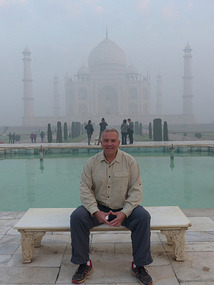
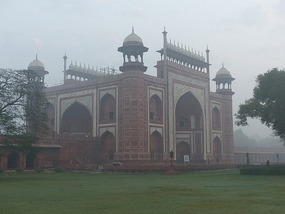
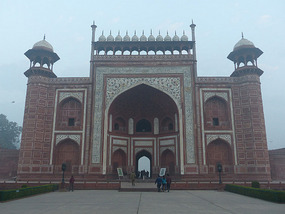
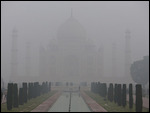


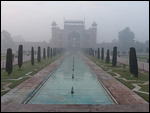
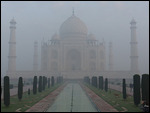
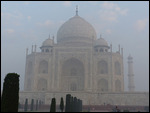
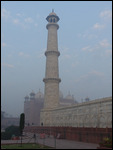


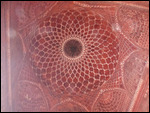
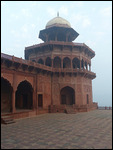

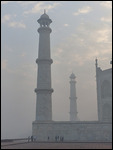
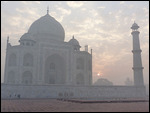
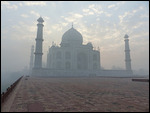
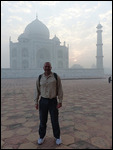
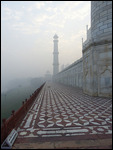
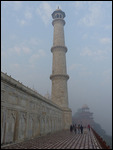
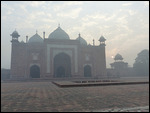
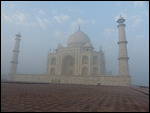
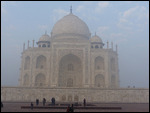
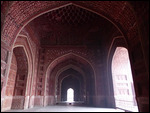
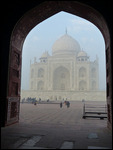
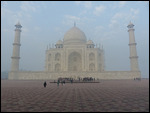
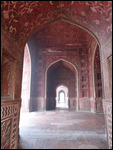
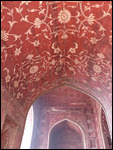
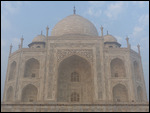

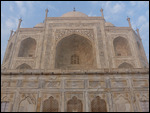
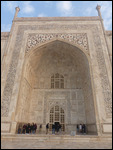
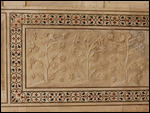
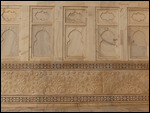
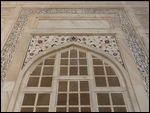
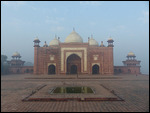
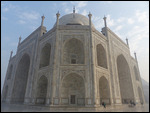
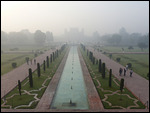

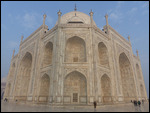
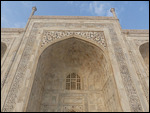
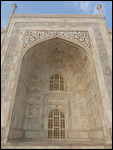
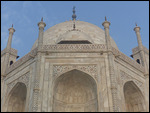
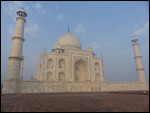
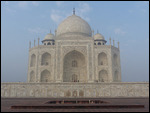
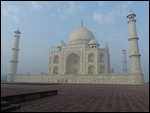
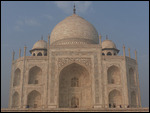
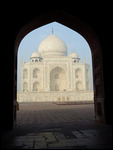
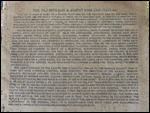
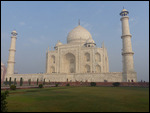
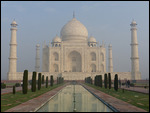
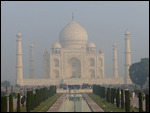
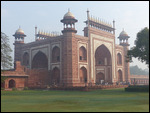
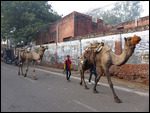
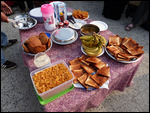
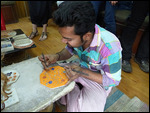

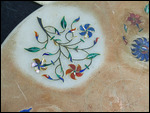
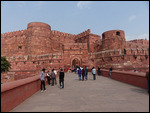
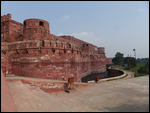
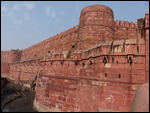

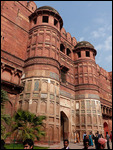
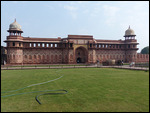
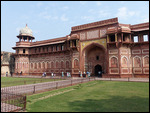
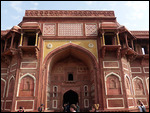
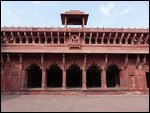
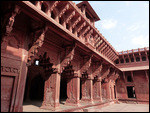
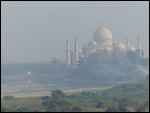
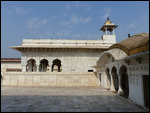
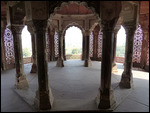
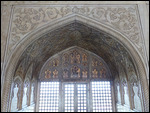
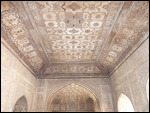
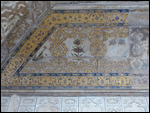
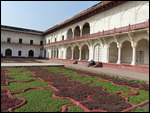
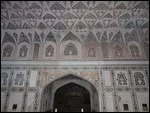

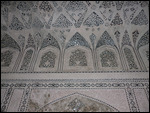
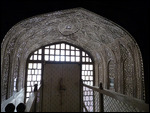
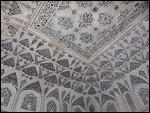
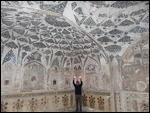
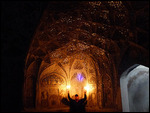
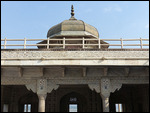
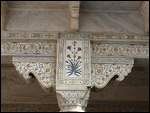
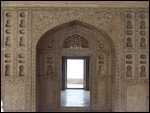
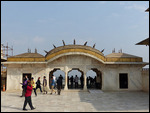
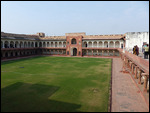
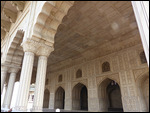
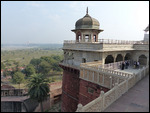
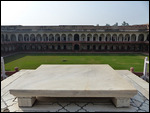
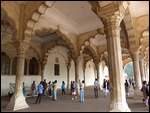
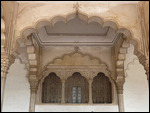

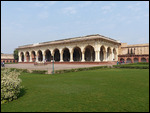
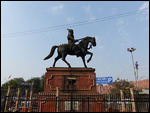

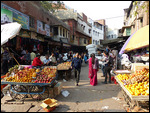
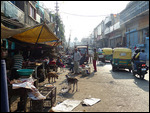
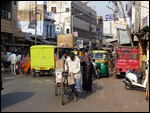
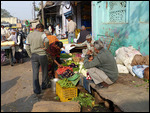
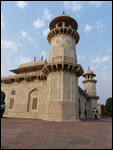
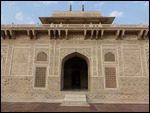
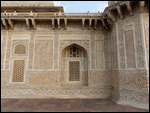
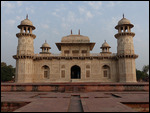
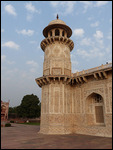
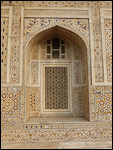
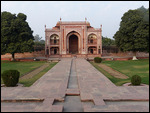

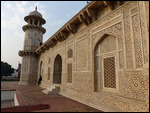
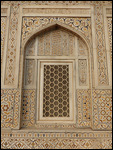
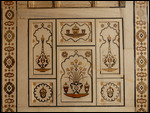
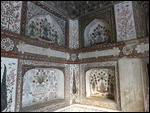

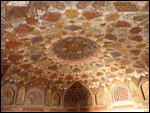
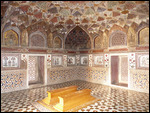

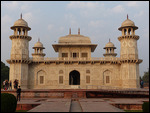

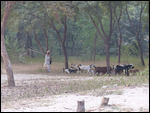
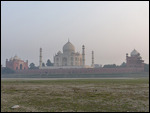
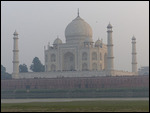
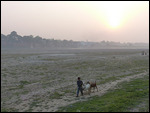

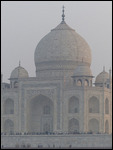
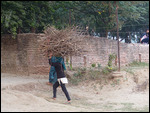
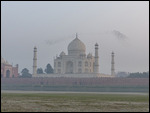

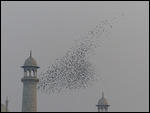







2025-05-23